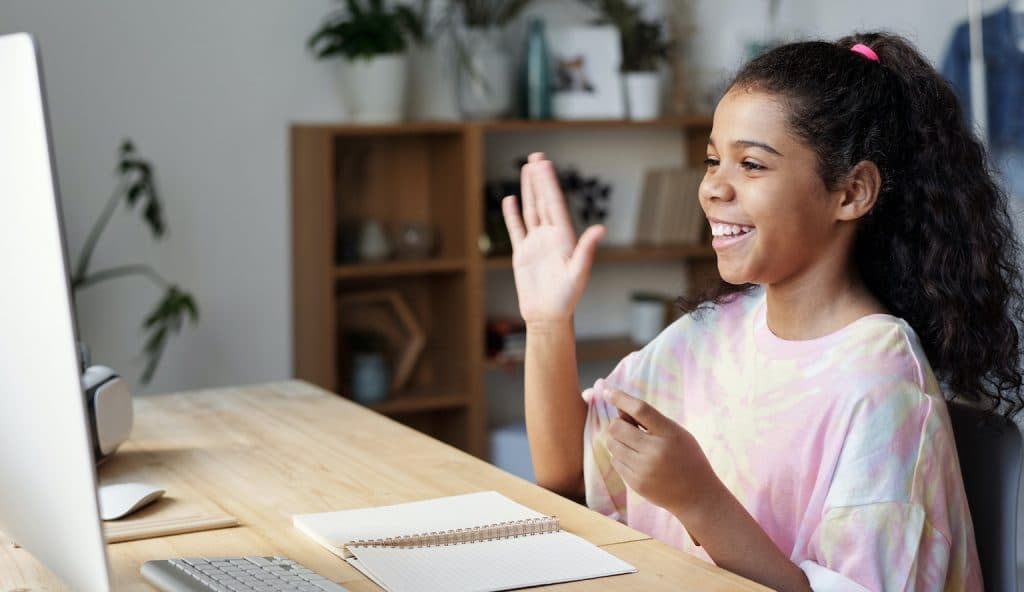The use of language is all about effective communication. It’s a tool to get your ideas across. Maybe you want to talk to persuade people to invest in your business idea. Or perhaps you want to engage in meaningful discussions. Or better yet, you just want to frolic in casual conversations.
And almost every conversation starts with a greeting! It’s a must to know the common English greetings while you study the English language. Here is a list of basic English greetings you can use in communicating.
Informal Greetings
Most of your conversations would be informal. Think friends talking to each other or acquaintances meeting casually. Sometimes, it’s just meeting new friends when traveling. You can use the following when you already have a close relationship with the person. Or you’re speaking in a friendly and informal setting.
Example situations could be:
- Networking events
- Speaking with officemates
- Greeting neighbors
- Meeting with a client you are close with
- Bumping with friends
With that, here are some of the greetings you can use.
What’s up?
No, you don’t have to look up what is literally up. “What’s up?” just means “How are you” in an informal way.
When asked, you can answer with a brief description of something going on or something new in your life. You can also say “nothing much” if nothing much stands out.
Afterwards, you can ask back, “how about you?” so that your friend can throw in what’ new in their life. It’s a good conversation starter you can use.
How Are You Doing?
Another casual way of saying, “how are you?” is “How are you doing?” It’s a lighter way of engaging in conversation. And you can answer, “I’m going well.” or “I’m good!”
Again, you can ask back, “how about you” so that your conversation can continue further.
It’s Been a While.
Sometimes, you have a friend or acquaintance you haven’t seen for a long time. Saying, “It’s been a while!” is a nice way of saying we haven’t met for a long time.
You can start a conversation with this following up with the question, “how are you doing?” In this way, you can let the communication going while catching with your friend.
Long Time No See.
Another way of saying “it’s been a while” is “long time no see.” It also has the same use when you met friends you haven’t seen for a long time.
You can follow up with the question, “how are you doing” after to carry on the conversation more.
Formal Greetings
You can’t always be casual in all situations. Sometimes, you have to use formal greetings to give more respect, especially in business deals. Example situations could be:
- Job interview
- Business deals and meetings
- Speaking with High-level management or executives
- Meeting new business people
- Talking to the elderly
With that, here are some of the greetings you can use.
How Have You Been?
In formal settings, you can use “how have you been?” to know how a person is doing. It’s a polite way of greeting a person. It can also be used for people you haven’t met for a while or don’t see every time.
Take note; you don’t have to list all the things you did. Just answer with a quick one to two sentences. And ask back, “how about you?” to keep the conversation going.
It’s Nice to Meet You!
The greeting “It’s nice to meet you!” can be used when it’s the first time you met someone. It’s a courteous way of saying that you are happy you have met them.
Take note that you only use this for the initial meeting. When you meet again, you can use “it’s nice to see you again” instead.
Afterwards, you can ask, “how have you been?” to engage the conversation even more.
Good Morning, Good Afternoon, Good Evening
The expressions “Good Morning,” “Good Afternoon,” or “Good Evening” is a polite way of greeting your friends or acquaintances formally. It’s like a formal way of saying “hello” to them.
You can also add the last name of the person you’re greeting at the end of the sentence to make it more special. For example, “Good Afternoon, Mr. Smith!”
Next, you can ask, “how have you been?” so that the conversation will keep going.
Conclusion
There you have it! A list of simple greetings you can memorize when you talk to people both formally and informally. You can either use it to give a good impression or to start conversations.
And to make your conversations better, you can check out LingualBox! LingualBox offers high quality 1-on-1 English learning sessions with certified English tutors. And it’s just for as low as $2 per session! Learn English regardless of your current skill level.
With that, I hope you can engage in better conversations in English with people you will see in the future! Good luck!
More Related Articles:
Practical Tips To Remember When Learning the English Grammar

